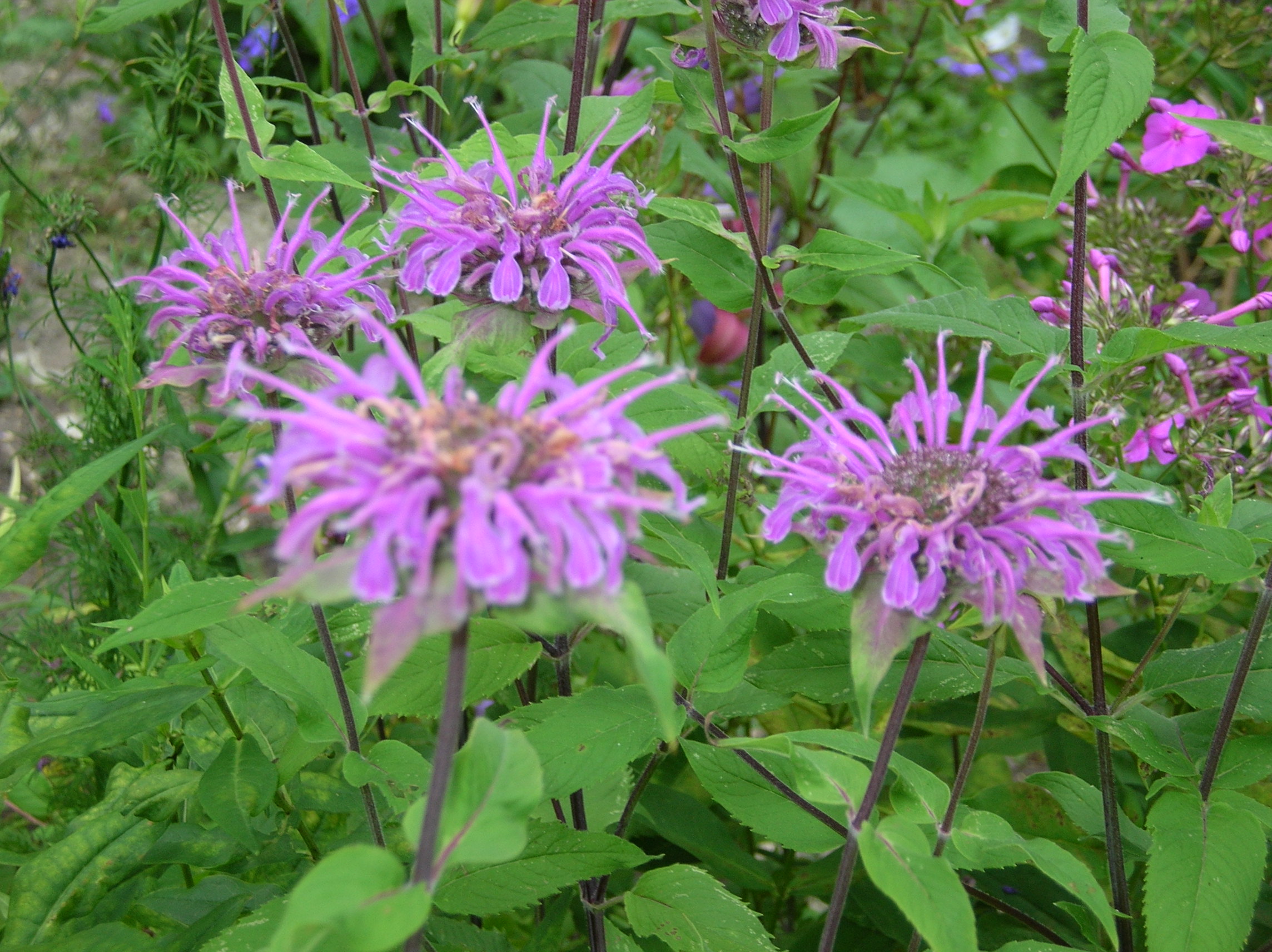Description
Whorls of hooded lavender tubes in July – August
Whorls of hooded lavender tubes in July – August
Whorls of hooded lavender tubes in July – August
Small crimson-red bells dangle from July to September
Size: 8’ x 3’
Care: Full sun in humusy, fertile, moist well-drained soil. Mulch around the base. Flowers on current year’s stems so cut back to 6-8” in late winter or early spring.
The genus Clematis was named by Dioscordes, physician in Nero’s army, from klema meaning “climbing plant.” The species 1st collected by the “Father of Texas Botany” Ferdinand Lindheimer in 1830’s. Max Leichtlin of the Baden Botanic Garden sent C. texensis to Kew Botanic Garden in London in 1880. French nurseryman Francisque Morel sent this selection to William Robinson. Robinson named it for his English nursery at Gravetye Manor in 1914
OUT OF STOCK
Rosettes of succulent leaves
Size: 4” x 4”
Care: sun in well-drained to moist well-drained soil
Native: Alps & Pyrenees Mountains
Grown in gardens for thousands of years. Sempervivum means “live forever.” Romans planted Hens and chicks on their roofs to ward off lightning. As a succulent it holds water and is probably more difficult to catch fire. “This practice was preserved for historians when Charlemagne (720-814), first Holy Roman Emperor and unifier of a large part of northern Europe, ordered that all villagers within his crown lands plant houseleeks on their roofs, presumably as a safety measure. He decreed: Et ille hortulanus habeat super domum suam Iovis barbam. (And the gardener shall have house-leeks growing on his house. Capitulare de villis, about 795, LXX.)”
OUT OF STOCK
Sprays of large, single warming yellow daisies, blushed with apricot top a bushy mound of light green leaves, blooms late-summer to late-fall
Size: 1-2’ x 2-3’ and spreading
Care: Full sun to part shade, tolerates normal, sandy or clay soil
Wildlife Value: Attracts bees, butterflies and birds. Deer resistant.
One of the rubellum hybrids, Hybridized in the 1930’s
Powder-blue flowers of terminal clusters in early summer; feathery, thin,”threadleaf” foliage turns caution-sign yellow in fall.
Size: 2-3’ x 2-3’
Care: sun to part shade in moist well-drained soil
Native: Central-So, US
Wildlife Value: attracts butterflies & bees
Awards: Plant of Merit, Pennsylvania Horticultural Society Gold Medal
Collected in 1940 in Yell County Arkansas along a stream 3 miles west of Birta.

